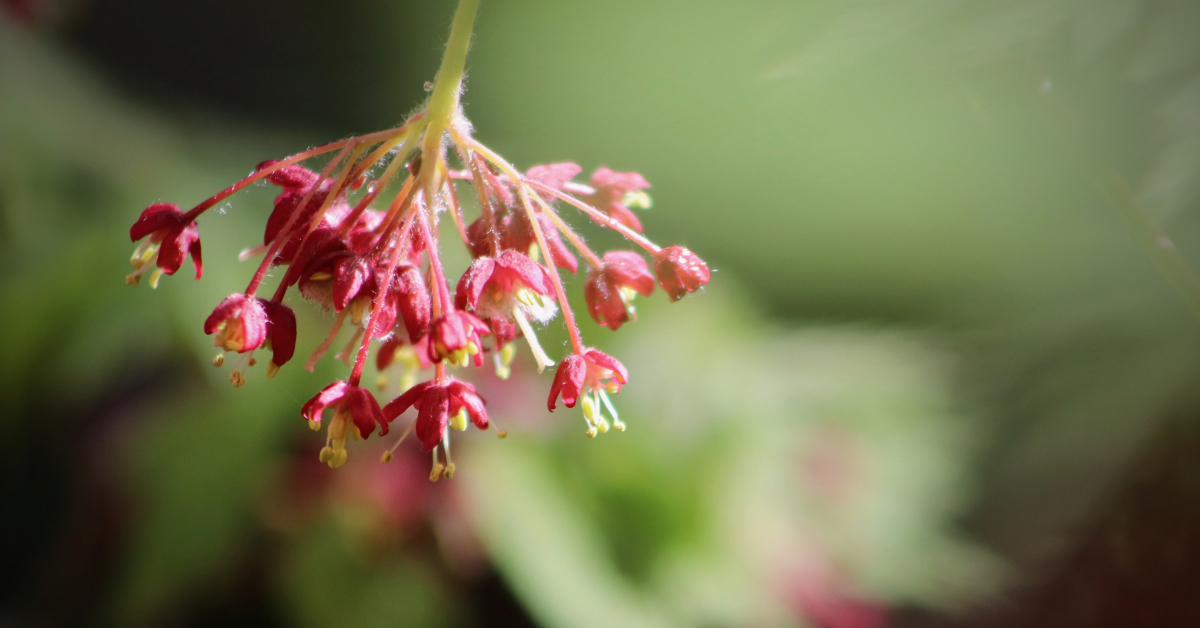by Andrea Laine and David Reeder
Spring was in the air. You could feel it in air temperatures in the 50s, 60s and even low 70s over the last few weeks. You could see it as daffodils bloomed, tree buds swelled and pollen alerts returned. Our bees knew it, too. The landing boards were crowded with foragers coming and going. You could also hear it in the voices of people all around the AMY region – as much as we profess to love our cool mountain temperatures and each of our four seasons, people seemed downright pleased that springtime was encroaching on winter. That is, unless they are gardeners.
Gardeners understand that despite warm temperatures in February or March, our area is still several weeks away from the average last freeze date, which is May 7 (give or take 10 days). And boy were we reminded about that over the weekend of March 12 as temperatures dropped 40 degrees or more in 24 hours, the wind howled, and the snow flew. The temperature dropped to the teens or even lower, which qualifies as a hard freeze.
Once a hard freeze is upon us, there is little one can do to minimize damage to plants. At elevations below 2500 feet, some of the willows, maple, and apple trees had begun to bud and bloom. The hard freeze will likely have killed the buds and some of the new growth, but the trees themselves will be okay as will trees that have not yet broken dormancy. Depending on your elevation and microclimate, this freeze could be bad news for the apple harvest, as well as for bees that enjoy apple blossoms. However, your bees can look forward to the dandelions, which will emerge soon.
Protect Plants from Frost
Prepare now so you are not caught off-guard later this season. (Yes, another freeze and multiple frosts could happen.) You can protect your small trees, shrubs and perennials by giving them a protective cover when a frosty night is predicted. Burlap, bed sheets, blankets and agri-fabric are the best materials to use. Do not use plastic sheets or metal buckets.
The purpose of covering a plant is to trap the radiant heat that is in the soil. Therefore, covers will be more effective if they go all the way to the ground and are put in place before the sun sets. Covers provide better protection if they do not touch plants; use stakes to hold covers off plants as much as possible. Remove the covers the next day after the temperature rises. Locate protective materials now so that you and your plants are ready to guard against potential frost damage.
As far as your bees are concerned, honey bees in this area are not dependent on monoculture, where a single crop provides most of their nutrition. If the maple blooms in your area are no longer a source of bee nutrition, there will likely be other wild flowers, weeds, trees, and berries blooming soon. Still, it could not hurt to feed them. Many beekeepers feed both a one-to-one sugar syrup and a pollen patty to help bees build their hive size for late April and May when spring is in full bloom and, hopefully, freezes are behind us.
Andrea is a certified NC Extension Master Gardener in Mitchell County and her husband David is a beekeeper. Both are members of the TCBA.




Comments are closed